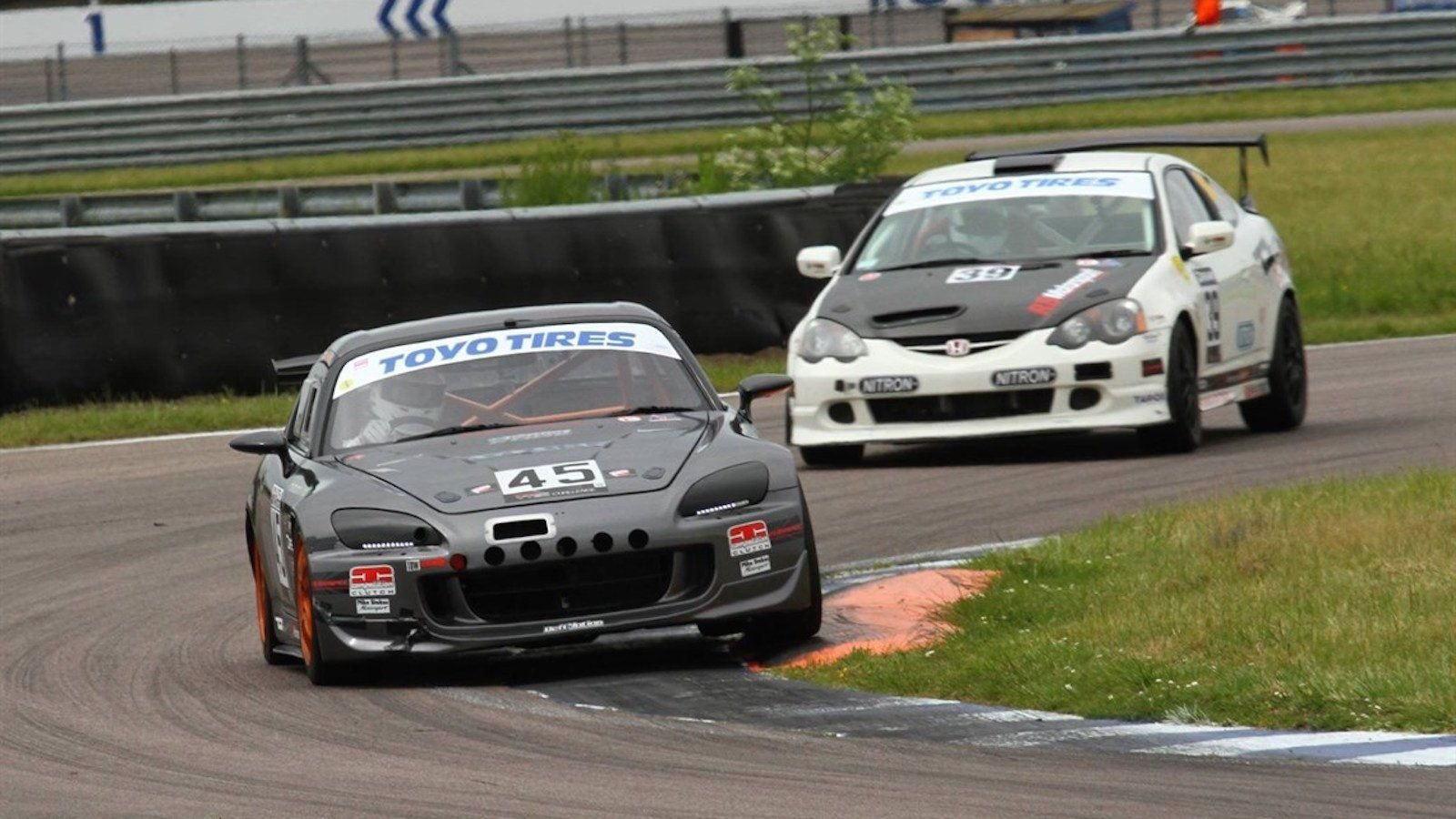Using Simulators as Training Tools
Get faster with a simulator today. Here's what to focus on.














Another Tool
Simulators are big money these days with everyone from Global Rally Cross to Formula 1 drivers putting their time in to sharpen their skill set in the offseason. Through simulators like Assetto Corsa and other popular iterations, you can get faster without ever leaving your living room. In coaching for Porsche and in the private sector, this is how I use simulators to train my clients.
Fundamental Understanding
Sims are not a tool to replace a racing car. They are there to aid in muscle memory and what you need to be doing on track with your eyes as well as thought process. Understand that the way you steer with your hands or pressure you exert on the pedals will for sure change when you are in an actual vehicle. Perception of speed and preservation of self are other huge factors you simply do not get on a simulator. Understanding this is the first step to moving forward and using these to improve.
>>Join the conversation about using simulators as training tools right here in the Honda-Tech forum.
Eye Placement
Looking ahead is the 1st step to getting a new driver on the path to turning pro so what better way to train eyes than a simulator? Practicing looking ahead is vital—something even experienced drivers can need reminding of. This slows everything down for the brain to process, allowing a fast car to seem slower. Once comfortable with placing your eyes you will start to anticipate what happens instead of reacting to it—a critical part of getting faster.
>>Join the conversation about using simulators as training tools right here in the Honda-Tech forum.
Road Map to Reality
One of the best ways to use a simulator is to pick a track you want to visit and then break it down by sections. On any circuit, the corner that leads onto the longest straight is one of the most important, but so are tight complexes with linked corners that favor driving technique over outright power. Practicing different lines can show you how much time missing an apex costs or not braking as late as you should. With practice, you can begin to visualize how much time a mistake cost you. Done to perfection, it becomes possible to visualize how much time you’re leaving on the table.
image courtesy of fanatec.com
>>Join the conversation about using simulators as training tools right here in the Honda-Tech forum.
Consistency
The best way to use a simulator is to get a racer to use visual references in order to remain consistent with the throttle, braking and turn in points. When it comes to lap times, this is the end all be all. While the sim version of your track might differ slightly from the real thing, you will need to learn to pick out and identify markers as quickly as possible. This is important because it allows you to push the limit safely. If we know that the car can stop every time at the 50m marker (or a telephone pole) then we can start to move this point earlier or later as necessary. Sims can help you get in the habit of building reference points in order to obtain consistency.
>>Join the conversation about using simulators as training tools right here in the Honda-Tech forum.
Cutting Apexes
Using the whole road is the last thing many people struggle with at track days. Turn 9 at Laguna Seca is a great example of this and is often a place that can take several sessions to get comfortable with. Sims help in this regard as we can begin to adjust corner entry or exit on an individual basis. Balancing a car on the simulator under the right settings will require just as much mental focus as the real thing, which makes it a vital tool—it takes no money, travel or danger to adjust your line in your living room.
>>Join the conversation about using simulators as training tools right here in the Honda-Tech forum.
Summarize the Importance
Simulators are not a replacement for real driving as there is no risk involved to the driver. What they excel at is getting a driver to understand the fundamentals of the line, car placement, and how to build consistent lap time around a race track. While they are not going to make you the next Lewis Hamilton, you can guarantee that Lewis Hamilton has spent more time on a sim this week than most people have at the race track and that tells you something. Assetto Corsa and iRacing are both highly recommended options for the amateur enthusiast who is looking to up their game. At the end of the day, seat time is seat time—virtual or otherwise.
>>Join the conversation about using simulators as training tools right here in the Honda-Tech forum.
For help with your maintenance and repair projects, please visit our How-to section in the forum.
